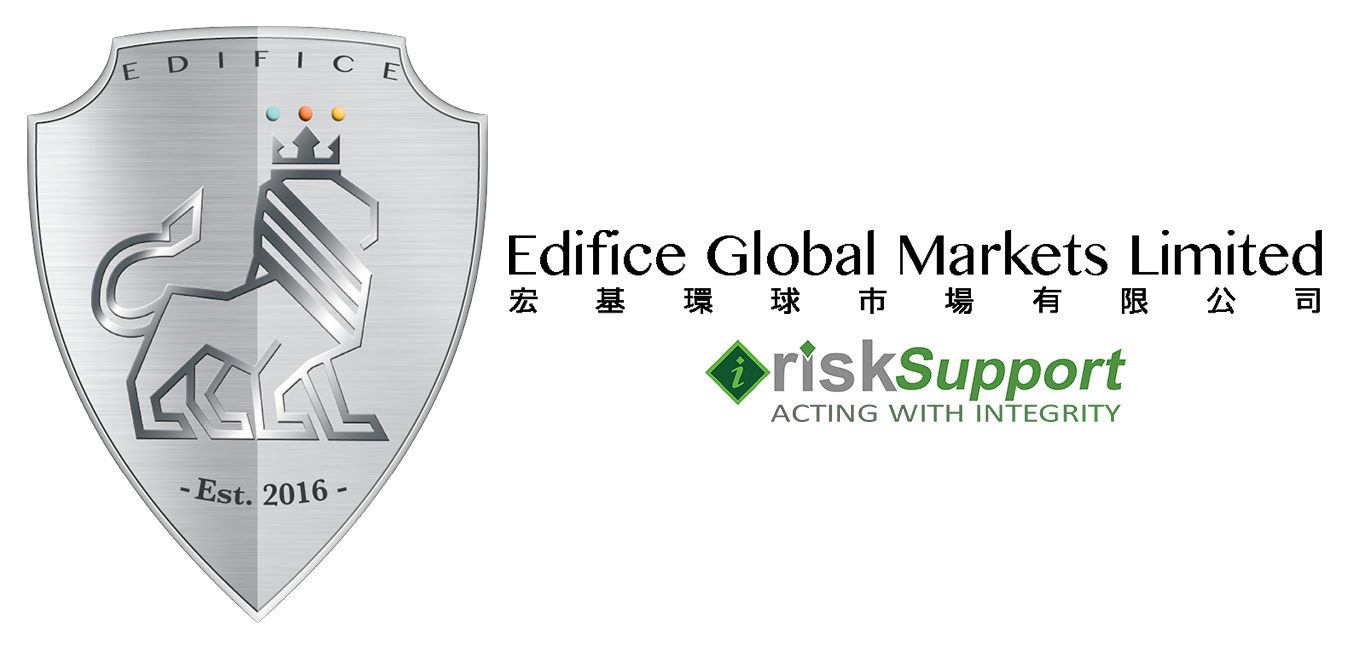Automated Screening Tool (AST)
Financial institutions and regulated license companies use software systems to facilitate the screening process instead of manual screening. In general, ASTs are designed to screen against sanctions lists. ASTs generate hits against sanctions lists that may be consolidated into alerts based on, for example, a customer record. For one customer record, multiple hits against sanctions […]
Asset Protection
ShapeFinancial planners use the term “asset protection” to describe the protection of assets from taxation in other jurisdictions. Individuals and businesses use asset protection techniques to limit creditors’ access to valuable assets while remaining within the debtor-creditor framework.
Asset Mingling
The illegal practice of purchasing assets, such as real estate properties, involves a mix of legal and illegal funds, making matches more difficult.
Asset Flight
The illegal transfer of assets from one jurisdiction to another to escape fines, seizure, or other penalties.
Asset
Fixed assets are goods that an individual or legal entity possesses that have a monetary worth; current assets include raw materials, currency, and any money owed to the individual or legal entity by third parties.
AML Transaction Monitoring
Transaction monitoring refers to overseeing the swift transaction capabilities customers expect, like the ability to transfer, deposit, and withdraw money, to ensure their protection. The process involves compiling and analyzing historical and current customer data, allowing organizations to identify suspicious behavior that could indicate money laundering or financial crime.
AML Trainings
AML training equips employees with the knowledge and skills to identify and respond to potential money laundering activities. It ensures compliance with legal and regulatory requirements, protects the institution’s reputation, and helps mitigate financial risks. The goal is to ensure that staff are well-informed about AML/CFT regulations and best practices, thereby enhancing the organization’s overall […]
AML Rule
The AML rules aim to help detect and report suspicious activity, including predicate offences to money laundering and terrorist financing, such as securities fraud and market manipulation. These rules define the thresholds, patterns, and behaviors that may indicate suspicious activity, such as unusual transaction sizes, frequency, or patterns inconsistent with a customer’s profile. AML rules […]
AML Risk Scoring
AML risk scoring is a model financial and other institutions use to assess the level of money laundering risk associated with a particular customer. Companies can identify high-risk customers and take appropriate measures to prevent fraudulent activities by assessing the different factors.
AML Program
AML risk scoring is a model financial and other institutions use to assess the level of money laundering risk associated with a particular customer. Companies can identify high-risk customers and take appropriate measures to prevent fraudulent activities by assessing the different factors.

